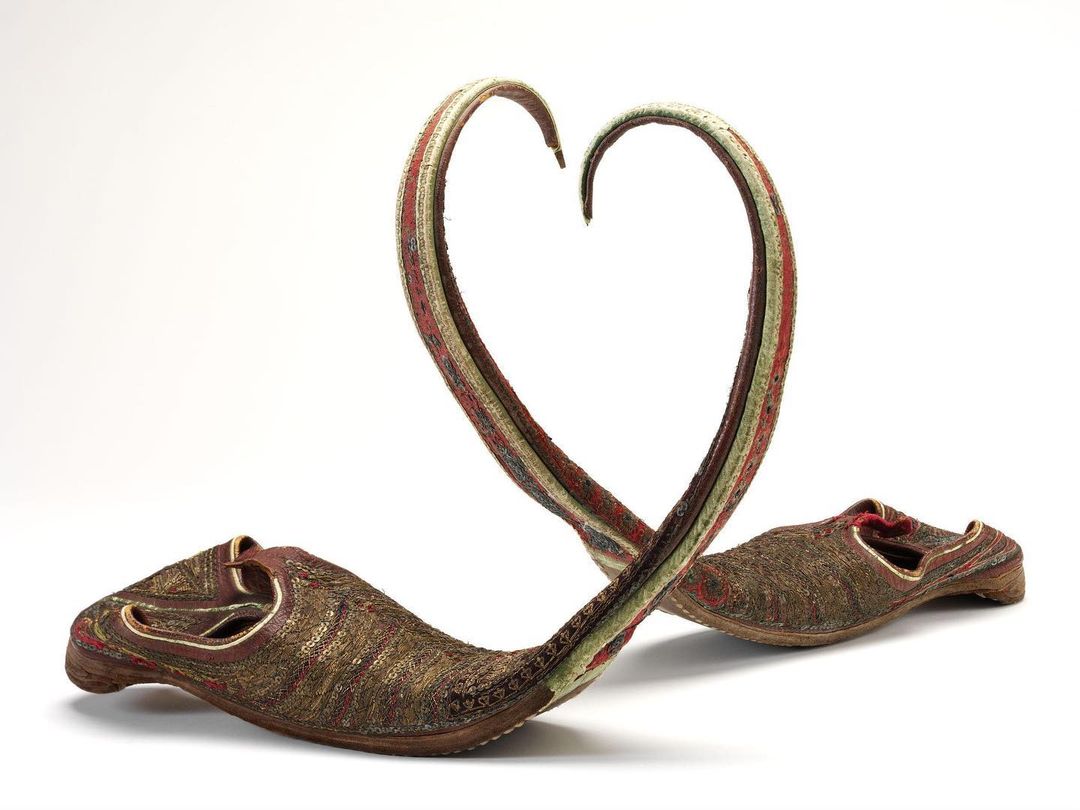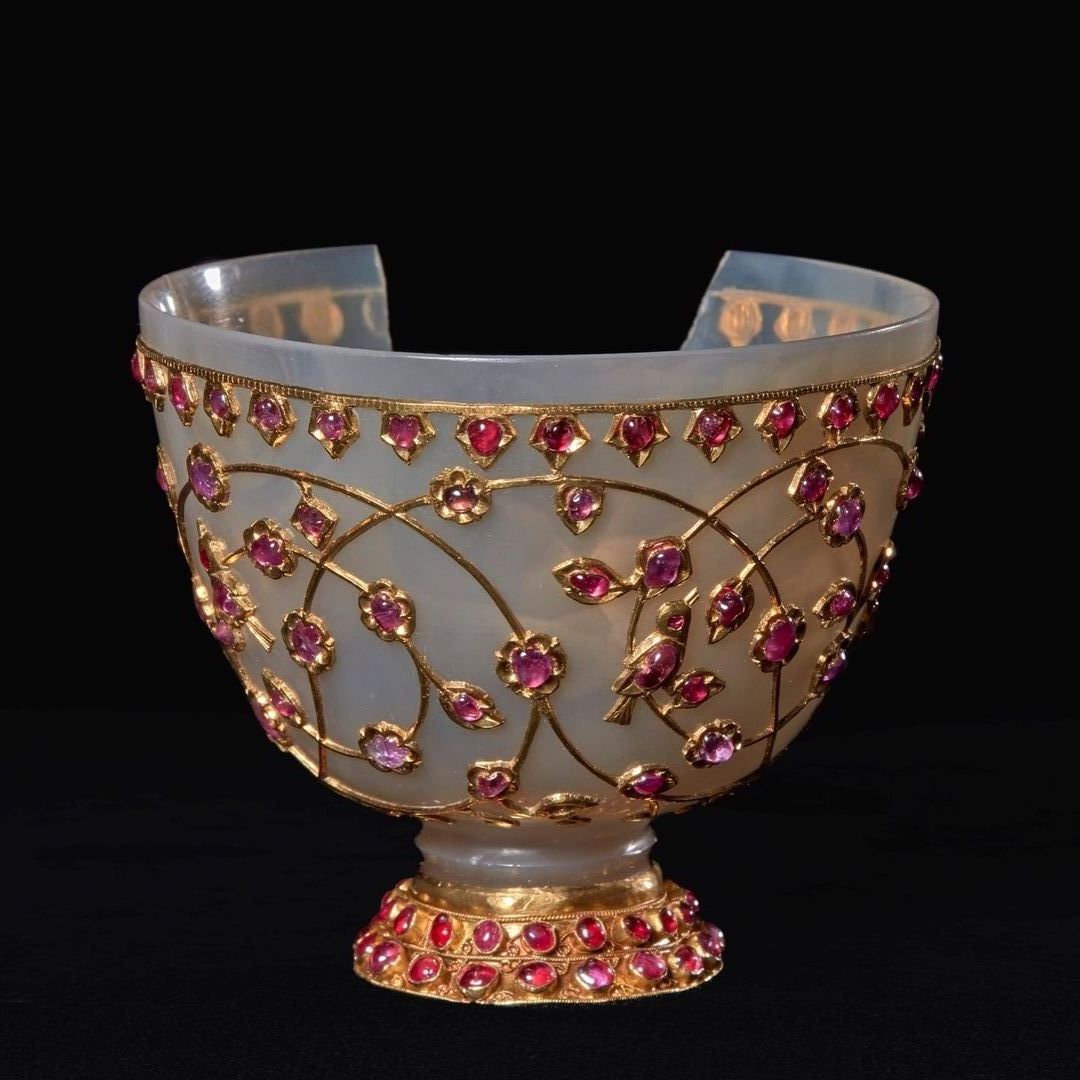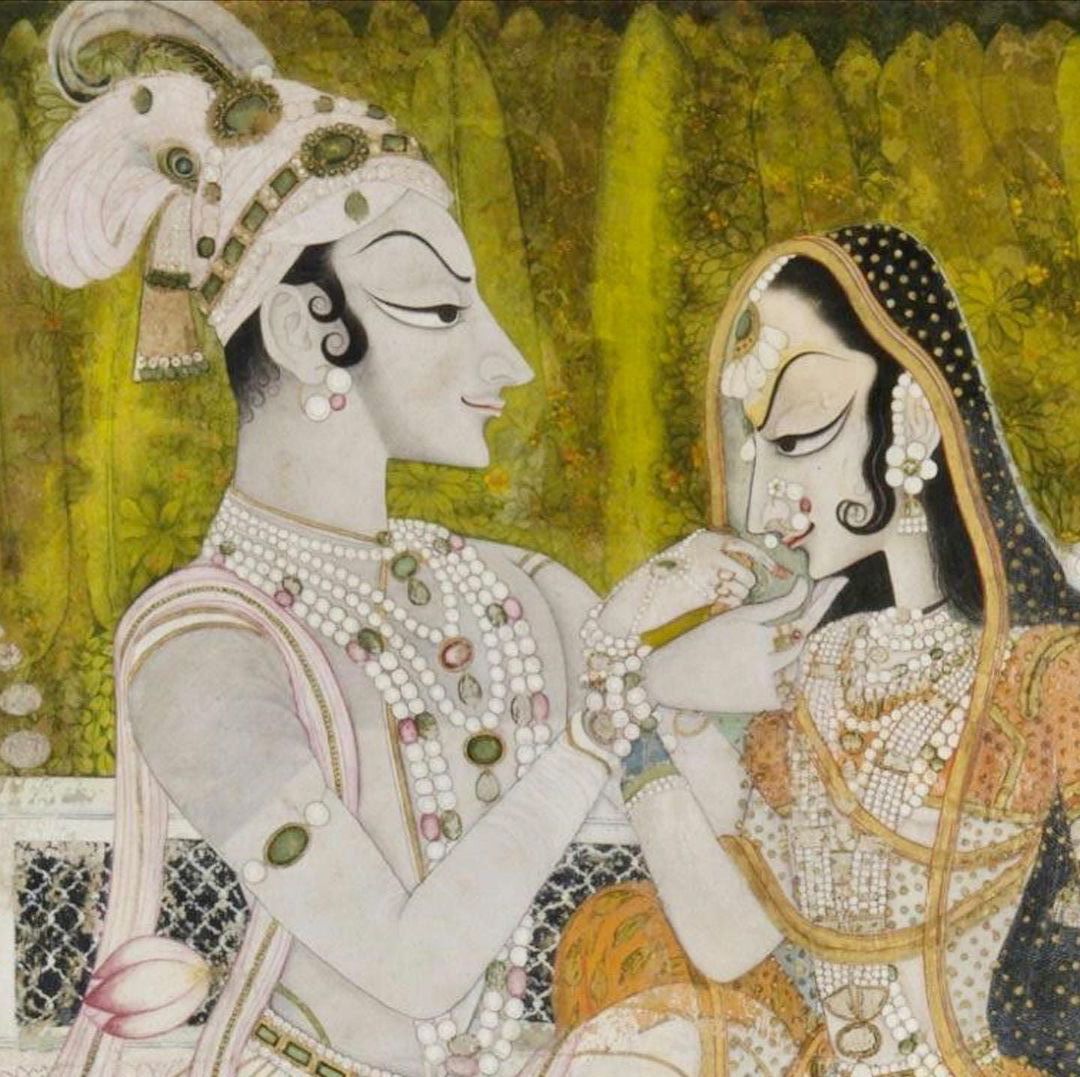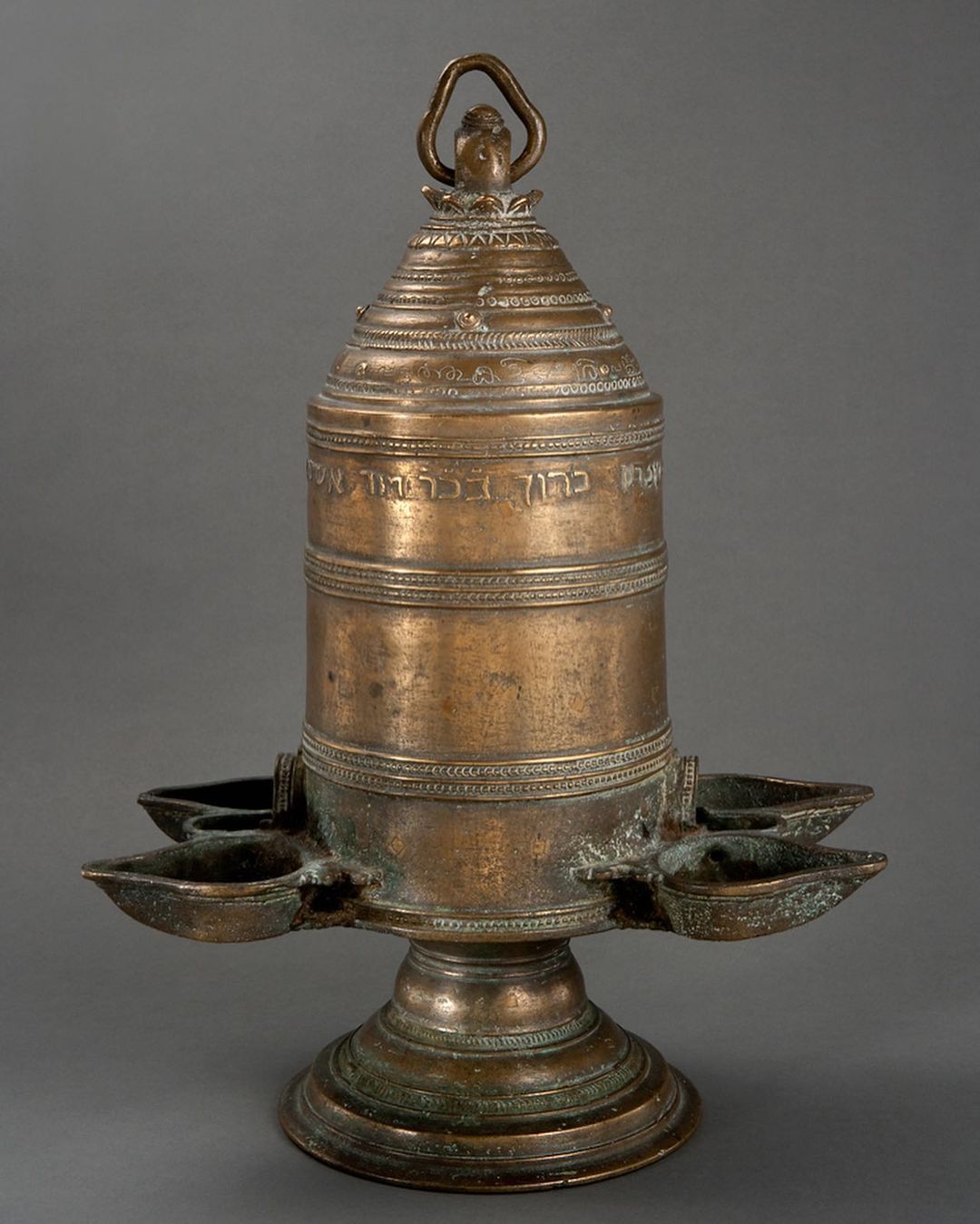The Instagram Account Celebrating Obscure Histories From The Indian Subcontinent
By Something CuratedTopophilia, derived from the Greek topos, “place,” and philia, “love of,” refers to the fondness for or emotional connections we have with a place or physical environment. A love letter to the compelling stories of India, from ancient as well as more recent times, Instagram archive @topophilia.india is a veritable treasure trove of knowledge on the nation’s rich and fascinating history, shining a light on often overlooked aspects of Indian culture. From rare jewels and paintings, to architecture and off-kilter footwear, the Instagram feed offers meticulously compiled insights through captions, which elaborate on the historical and contemporary significance of the items pictured, as well as highlighting their provenance. A valuable resource and a joy to peruse, Something Curated highlights some of the standout pieces spotlighted by Topophilia India.

“Fashion extremes are not new to India. These shoes from the 19th century at the Victoria and Albert Museum are a revelation in what it meant to be well shod and cutting edge or pointed edge at the very least! The cobbler hasn’t quite received his due in India, but their skill and dexterity to create fashion for the feet is not to be underestimated,” Topophilia India notes. The pictured pair of shoes are, “A painful exaggeration to display the wealth and status of the owner and in all probability were purely ceremonial and not meant for walking. A variety of materials went into creating shoes for men and women across the subcontinent. Leather, the base material was frequently coloured and embellished with metal and a wealth of embroidery techniques to add distinct allure to the shoe. Velvet, silk, and cotton lined the shoes and made them comfortable for the wearer, the material depending on the wearer’s status.”

Keep scrolling to discover a spectacularly ornate cup crafted with agate and rubies. Topophilia India expands: “Tracing Indian objects across the world in celebrated collections has meant that lesser-known institutions and their treasures are often missed. This late 16th early 17th century shallow Mughal cup or tazza held by Museo Nacional del Prado was created in the Kundan technique on white agate using a grid of gold entwined plant stalk patterns set with cabochon rubies. The cup is recorded as having lost a fragment as early as 1815 while at the Spanish embassy at Paris, highlighting its early importance in the Spanish royal collection. More interestingly for us, the celebrated photographer Juan Laurent Minier, who was for a while the official photographer to the Museo del Prado, photographed it along with similar gem encrusted objects in the museums collection in 1879. This provenance should help us consider similar objects in technique and design at other collections with murkier or no origin stories.”

On the paintings of Nihal Chand, Topophilia India writes: “Renowned beauties sometimes go beyond myth. Nations appropriate them as ideals of beauty and very often they even feature on popular symbols which in the not so recent past included postage stamps. Ban Than or to bedeck oneself is a common adage in Hindi. Reputedly this originates from the name of the famed poet and singer Bani Thani during the reign of Raja Sawant Singh of Kishnagarh. As the king’s companion and later his wife, both were devout followers of Krishna and moved to Brindavan after he formally abdicated his throne. Sawant Singh wrote poetry under the name of Nagari Das and his work extolled the stories of the love of Krishna for Radha and a culture developed at court that illustrated these as paintings. Nihal Chand the Kishnagarh artist was considered the greatest painter of this genre and collections across the world have paintings showing Krishna and Radha. Art historians have speculated that the highly stylised depiction of the duo was an allusion to the king and his companion and thus more likely to be their images.”

Shining a light on South India’s historical Jewish community, Topophilia India shares: “The lamps of Kerala are justifiably celebrated world over for their beauty and ingenuity of form. This unusual piece is from the venerable Paravur Synagogue and has been dated to 1670. Gifted to the synagogue much later, it was used as the eternal lamp and placed in front of the Torah’s ark. Inscriptions in Malayalam and Hebrew read, “This lamp was given by Barukh, son of the honourable David Ashkenazi, as a gift [from] his mother for the sanctity of Parur”. Signed: Muchiri Pangan. The Jews of Paravur and in other towns of Kerala had an esteemed lineage as key community members. The formation of Israel, the promised land, was to change all that and by the 1950’s and 60’s, the community moved out. The Paravur synagogue, the largest in Kerala to stand today is believed to be a structure from 1615 and built over the ruins of an even older synagogue established in 1164.”
Feature image via @topophilia.india